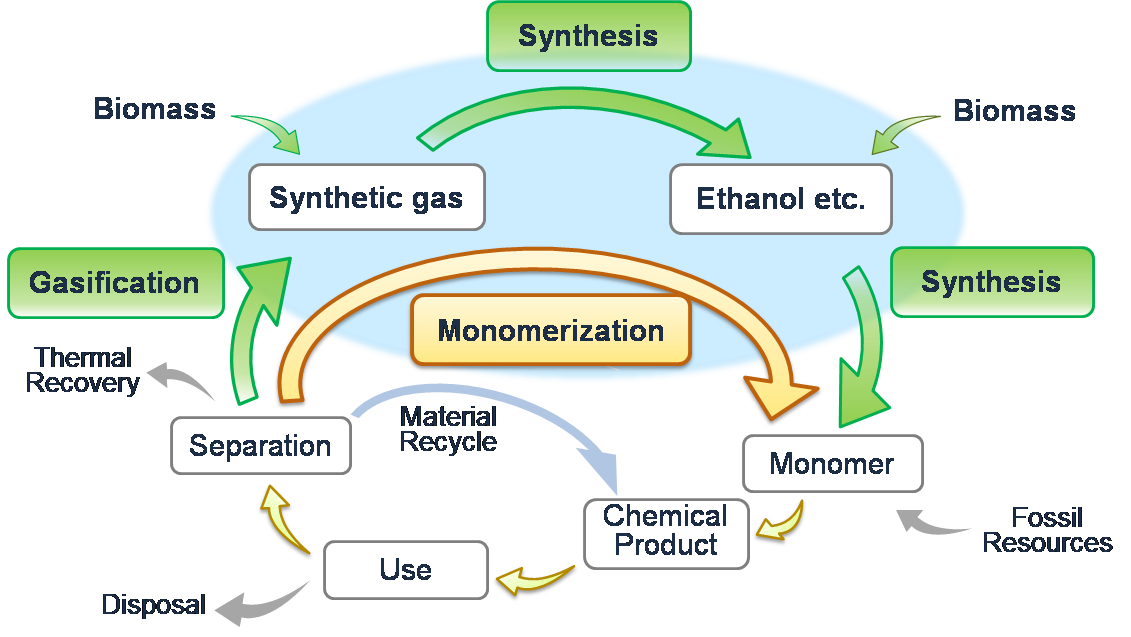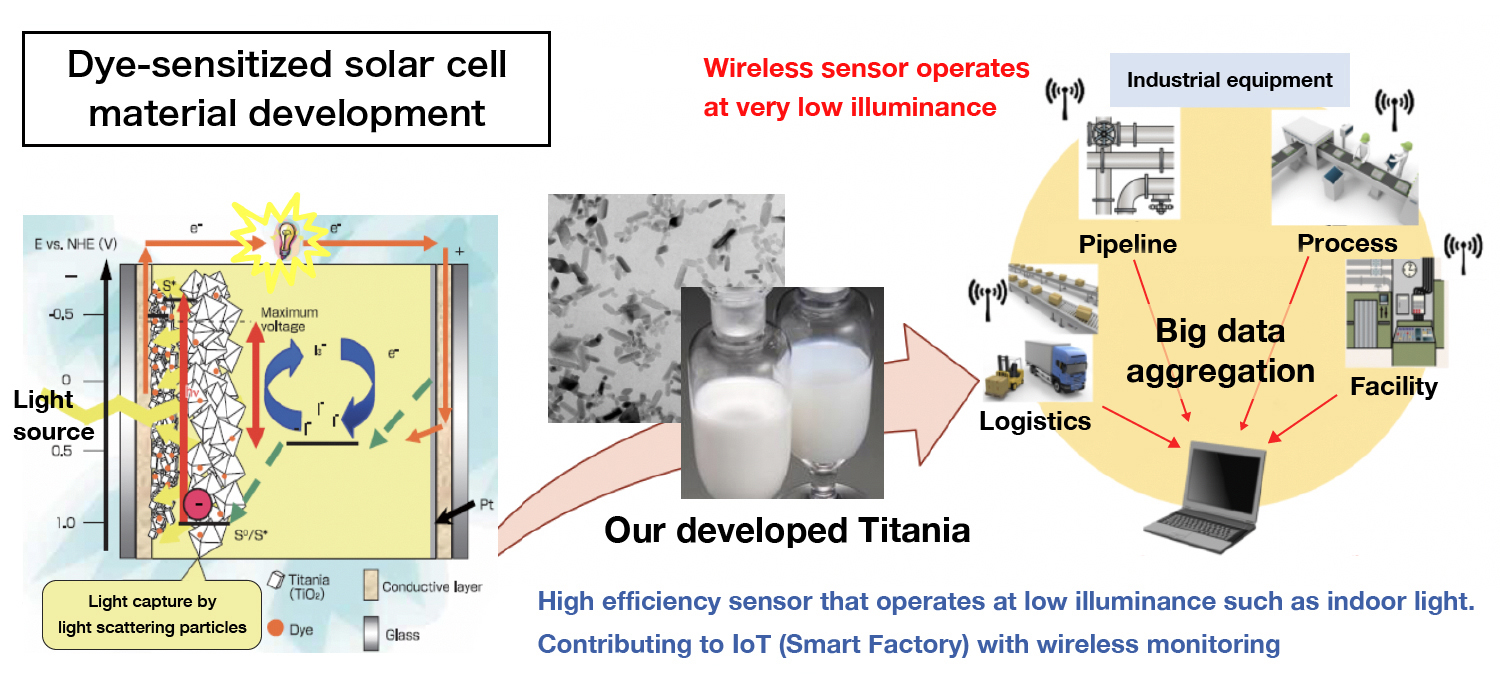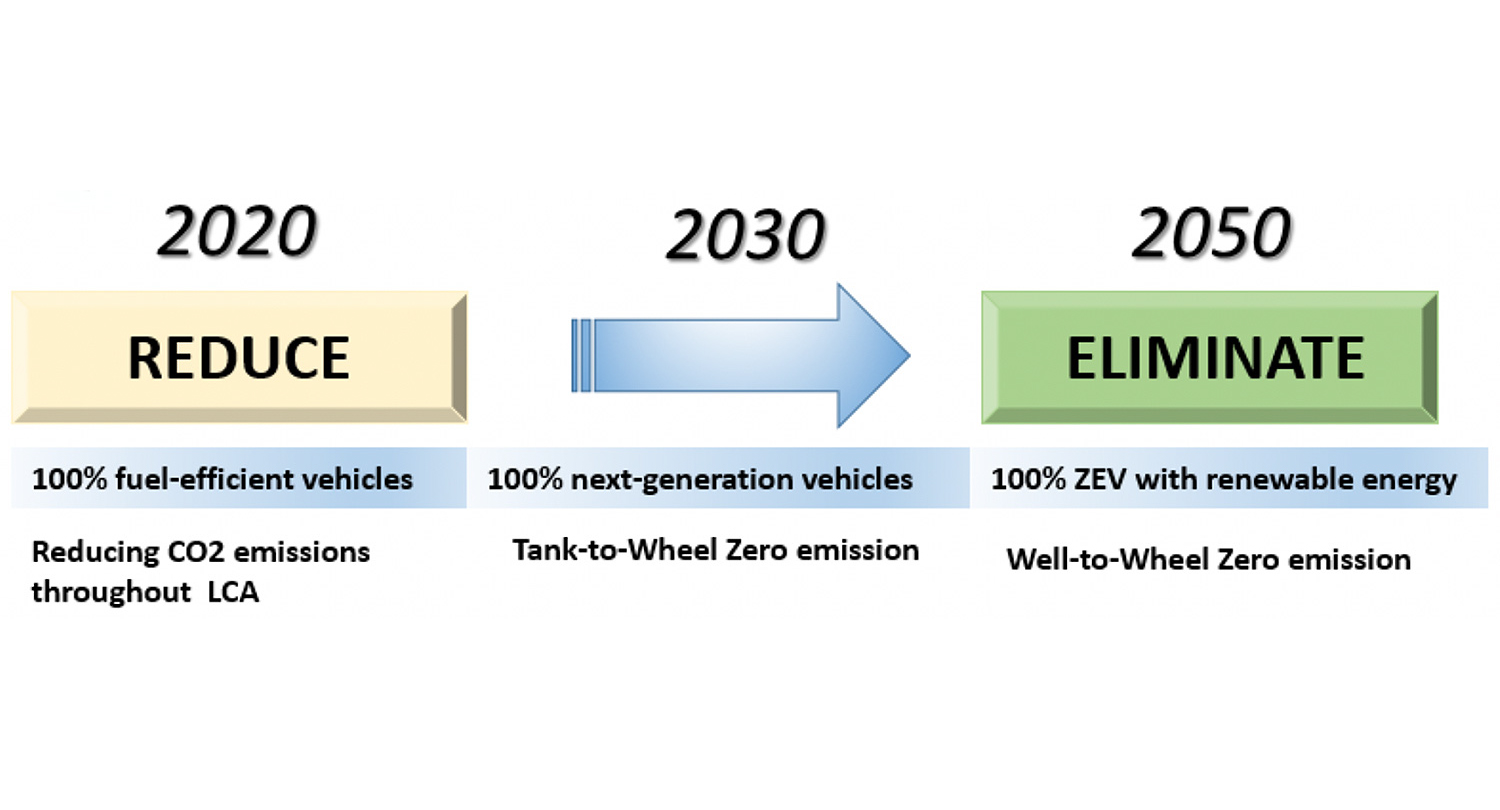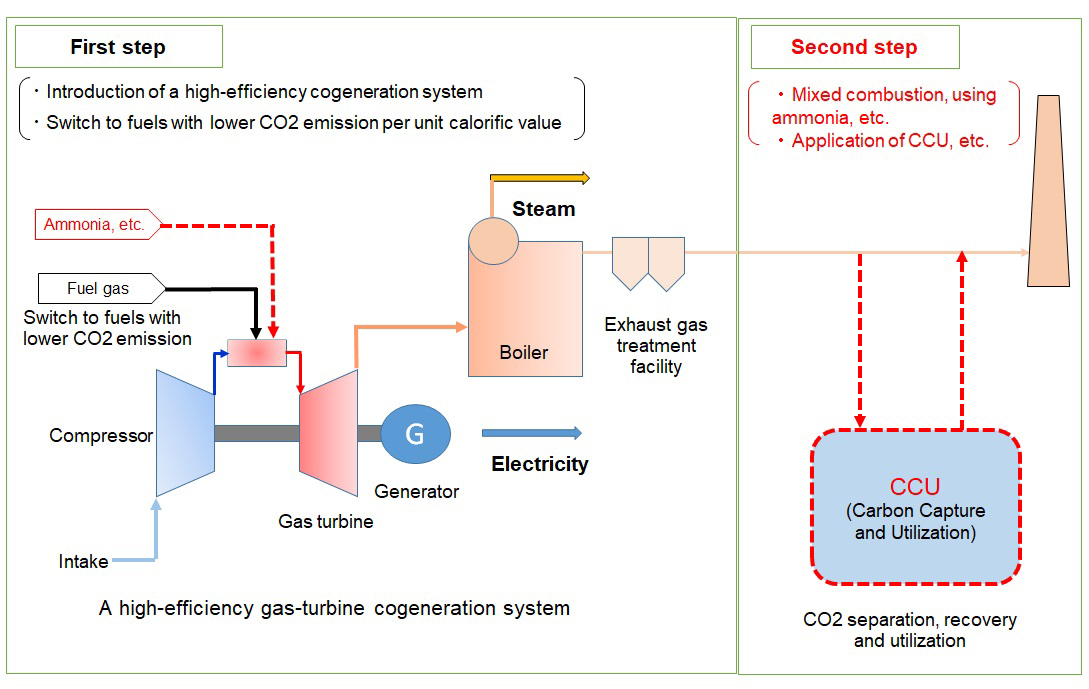Contribution to CCUS by HiPACT® technology
JGC HOLDINGS CORPORATION
Outline
The HiPACT technology, jointly developed by JGC CORPORATION, the engineering business company of the JGC Group, and BASF SE, is an advanced CO2 capture technology that contributes to economical CCS/CCU implementation. The preferred application is the conditioning of natural gas processing plant. The process can be also be applied for LNG plant or CO2 recover from hydrogen production plat.
The HiPACT solvent has a higher CO2 absorption capacity than commercially available solvent technologies, which results in decreased solvent circulation rates and lower CO2 removal unit capital and operating costs. The increased acid-off gas pressure also makes the first compression stage void, in case CO2 shall be used for CCS/CCU. HiPACT contributes to better economics and energy saving especially for application of CCS/CCU.
Description
The HiPACT technology is CO2 capture technology using proprietary solvent. For CO2 capture, the CO2 rich solution leaving the absorber is regenerated by flashing and/or stripping. Due to the excellent thermal stability of the HiPACT solvent, regeneration at a pressure of around 5 bara and 150°C is possible. For CCS, recovered CO2 must be pressurized around 200bara for injection. When the HiPACT technology is applied for CO2 recovery, the compressor stages can be reduced from 4 to 3 compared with conventional technology.
The development of the HiPACT technology started in 2005 in the labs of JGC and of BASF. In 2011, the first demonstration of the process in a natural gas plant in Japan was conducted. Since 2015, the first commercial plant for CO2 capture from natural gas is in operation. HiPACT technology has been commercialized and reliable.
To enhance CCS/CCU, improvement of economics and lower energy input are very important issue. HiPACT technology can contribute it widely.
[Target of Challenge]
Adopt of HiPACT process to CCS/CCU: more than 10 plants until 2030
Application of HiPACT process: not only natural gas processing but other application
[Action for Challenge]
Case studies for CO2 capture application
Promotion of HiPACT technology
Partner(s)
BASF SE is co-licenser of HiPACT technology.
Supplementary information
HiPACT® - an Innovative CO2 Capture Process
https://www.jgc.com/en/business/tech-innovation/environment/hipact.html
Carbon Dioxide Capture and Storage Technology
https://www.jgc.com/en/esg-hsse/environment/hipact-ccs/
Other Innovation Challenges
CO2 recovery process using DDR-Type zeolite membranes
JGC HOLDINGS CORPORATION
Contribution of Low Carbon Emission by production of SAF in Japan
JGC HOLDINGS CORPORATION
Development of the process to produce insoluble carbonate
JGC HOLDINGS CORPORATION
Development of titania material for highly efficient dye-sensitized solar cells
JGC HOLDINGS CORPORATION
High thermal conductive silicon nitride substrate that contributes to improving the reliability of power devices
JGC HOLDINGS CORPORATION
Promoting safe operation of zero-emission nuclear power plants
JGC HOLDINGS CORPORATION
Similar Innovation Challenges
Achieve 2050 decarbonization target with Net Zero Energy House!
Sekisui House, Ltd.
Achieving net-zero emissions by promoting renewable energy use through both our monozukuri and products.
DAIWA HOUSE INDUSTRY CO., LTD.











